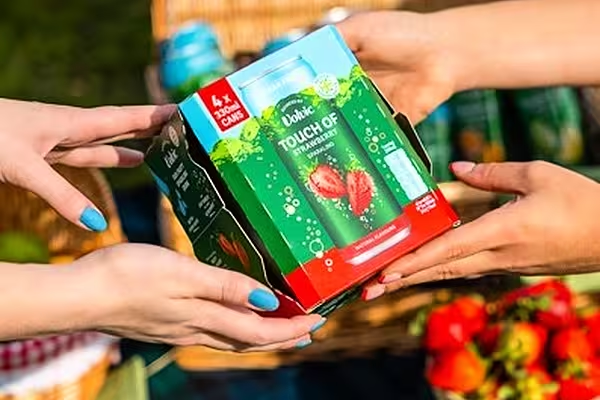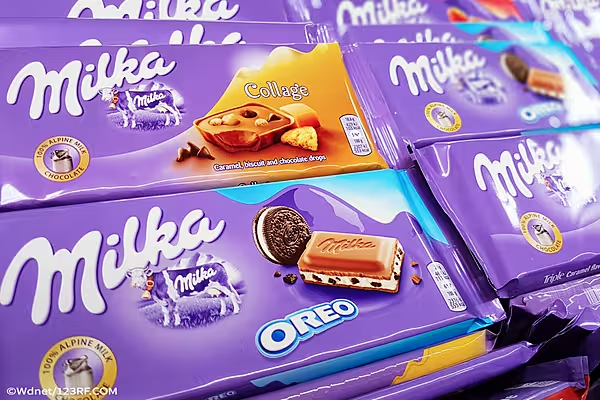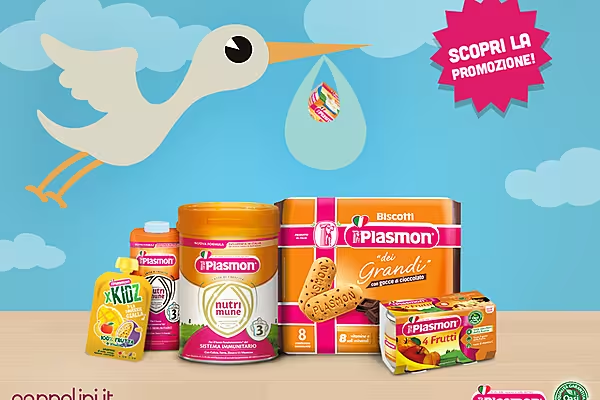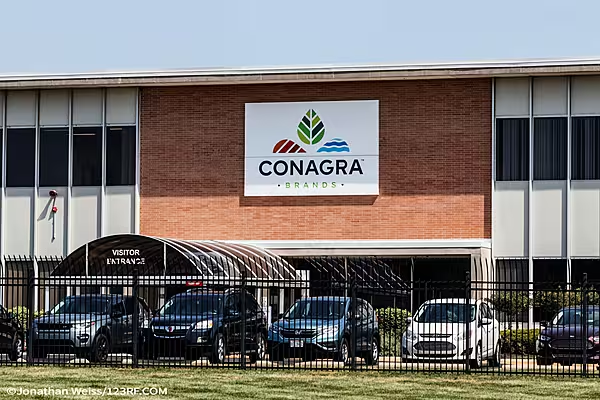Coca-Cola Co beat Wall Street estimates for quarterly revenue on Friday as customers took to smaller-sized cans of its soft drinks, including Coca-Cola Zero Sugar, prompting the beverage maker to give an upbeat forecast for 2019.
Faltering demand for sugary drinks has forced the world's two largest beverage makers, Coca-Cola and PepsiCo Inc, to roll out low-sugar drinks, while diversifying into coffee, tea and bottled waters to boost sales.
Coca-Cola has also been rolling out new products such as Coca-Cola Plus Coffee, a blend of its trademark soda with coffee in more than 20 markets, as well as drinks in small but high-margin packs that are appealing to consumers who are turning more health conscious.
Energy Drink
The beverage maker is launching Coca-Cola Energy, its first Coke-branded energy drink, in the United States, and has expanded its coffee business with the multi-billion dollar purchase of Britain-based Costa Coffee last year.
Volume in sparkling soft drinks rose 2% in the quarter, driven by double-digit percentage growth in Coca-Cola Zero Sugar and Sprite in North America.
Strong growth was also seen in its smaller package drinks, led by double-digit growth in 7.5-ounce mini-cans.
Organic revenue, that excludes the impact of currency fluctuations, acquisitions and divestitures, climbed 5% during the quarter, above the average analyst estimate of 4.3%, according to five analysts polled by Refinitiv.
Shares of the Atlanta-based company rose 2% before the opening bell, adding to the 14% they have gained this year.
"We were very impressed with Coca-Cola's better-than-expected topline," Wells Fargo analyst Bonnie Herzog said.
Organic Growth
Coca-Cola also said it now expects full-year organic revenue growth to be at least 5%, from its previous forecast of 5% growth.
Overall, revenue rose 8.3% to $9.51 billion in the third quarter ended 27 September, beating the average analyst estimate of $9.43 billion, according to IBES data from Refinitiv.
Excluding items, Coca-Cola earned 56 cents per share, inline with estimates.
The beverage maker maintained its full-year profit forecast even as it lowered its capital expenditure forecast for the year to about $2.2 billion from its prior target of about $2.4 billion.
Earlier in the month, PepsiCo Inc also reported better-than-expected quarterly profit and sales, benefiting from an advertising blitz and demand for its low-calorie beverages in North America.
News by Reuters, edited by Donna Ahern Checkout. Click subscribe to sign up for the Checkout print edition.









